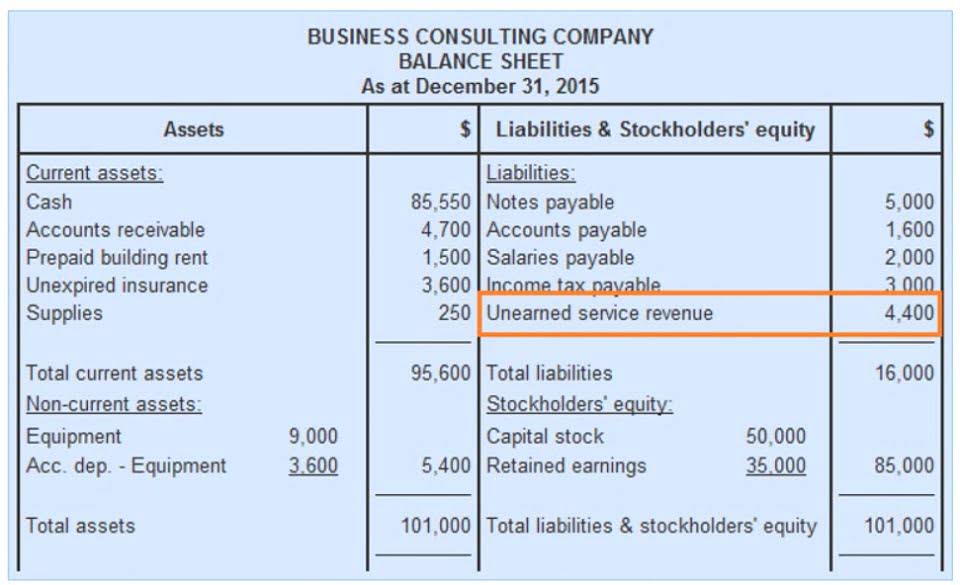
A source of confusion for many people is that they believe that a retainer fee is a deposit. A deposit typically refers to a sum of money that’s used to hold services, and it’s usually returned to the payer. However, a retainer is typically used to refer to a sum of money that’s given to an attorney as an advanced payment for legal representation in the future. Once the attorney incurs costs and earns the retainer, he can withdraw his fees and legal costs from the account holding it.

What Are the Benefits of Retainers?

Using a retainer fee, which is an upfront payment to secure professional services, provides a sense of commitment between the client and the service provider. However, before opting for this payment model, it’s essential to consider the implications and potential challenges. Using a retainer fee offers several advantages for both professionals and clients. For consultants or agencies, it ensures financial stability, as they receive payments upfront. Unlike standard payment structures where professionals get paid recording transactions after rendering services, a retainer is typically paid in advance.
Pay-for-Performance Retainer
Professionals and clients agree on particular objectives, defining tasks that the retainer covers. A legal case or a marketing campaign are typical examples where special retainers apply, ensuring targeted service delivery. IT professionals offer managed services through monthly retainers to ensure system monitoring, software updates, and troubleshooting. Businesses benefit from reliable, ongoing technical support, reducing downtime and addressing issues promptly. retainer fee meaning For example, a retainer might cover 24/7 system maintenance and security checks for a fixed monthly fee. An earned retainer is a payment that a professional keeps as services are delivered or work is completed.
Can Retainer Fees Be Refunded?
- These platforms ensure timely, hassle-free transactions, reducing late payments.
- With automated task allocation, real-time transcription, and insightful analytics, Dive ensures your meetings are efficient, engaging, and result-driven.
- Many retainer fee agreements contain a clause that asks the client to give up his right to a jury trial and to settle any claims between an attorney and a client by an arbitrator.
- Elevate collaboration and productivity with Dive and make every meeting count.
- Payment is not based on the court outcome of the case, and if the case is resolved in less time, then the attorney will refund the appropriate amount.
This can offer significant tax benefits, reducing the overall cost of the services. However, the deductibility of retainer fees can vary depending on the nature of the services and the specific tax laws in the client’s jurisdiction. Consulting with a tax advisor can provide clarity and help maximize potential deductions. Professionals often start by estimating the number of hours they expect to dedicate to the client over a given period.
What is the purpose of a retainer fee?
- Special retainers focus on applying payments toward specific services or projects.
- This upfront payment can be seen as a deposit towards the legal fees that will be incurred.
- While it might sound like an upfront payment, its treatment is different from the unearned retainer.
- Before committing to a retainer agreement, several factors must be deliberated.
- In general, the fees that the attorney recovers for taking a case on a contingency fee basis will be expressed as a percentage of total recovery.
Clear terms on how and when retainers apply help reduce confusion and ensure smooth financial operations. When setting up retainer agreements, it’s important to clarify the timing of revenue recognition for tax purposes. This requires collaboration between firms and https://www.bookstime.com/articles/tax-filings their tax advisors to ensure compliance and optimization of tax deferral opportunities. Attorney retainer fees are a lump sum fees or deposits that the client pays in advance. An attorney retainer fee is a fee that the client pays upfront to an attorney. To know what’s covered by your retainer fee agreement, you should go over the contract itself as it will set out the terms.

- For example, an attorney might receive 20% of the retainer fee after they complete the pre-trial process.
- This knowledge helps in making informed decisions about financial commitments and service expectations.
- It is important to note that if the attorney does not prevail in the case, then the client will often not be on the hook for their legal fees.
- We are proud to announce that Denefits is now accredited with the Better Business Bureau.
- This keeps you and the client legally protected and helps define the exact parameters of work to be done.
- In addition to a lawyer’s retainer and hourly fee, clients are often expected to pay certain other expenses related to their case.
- In modern times, their usage has expanded, notably in sectors like investment banking and private equity, adapting to the dynamic needs of the financial industry.
This rate should reflect the professional’s level of expertise, industry standards, and the value they bring to the client. For instance, a seasoned attorney with a specialized practice might command a higher hourly rate than a general practitioner. It’s important to strike a balance between being competitive and ensuring that the rate adequately compensates for the professional’s time and effort. Explore the essentials of retainer fees, including types, calculations, agreements, and their impact on client relationships and billing practices. Automated billing tools like Stripe, PayPal, or direct bank transfers streamline payment processes. These platforms ensure timely, hassle-free transactions, reducing late payments.
